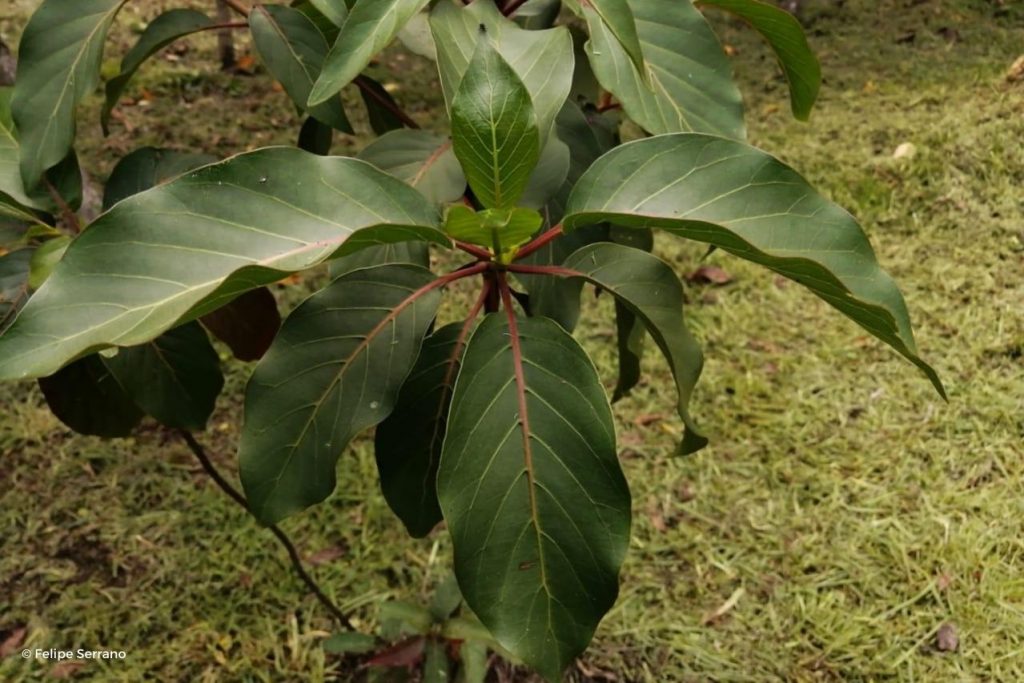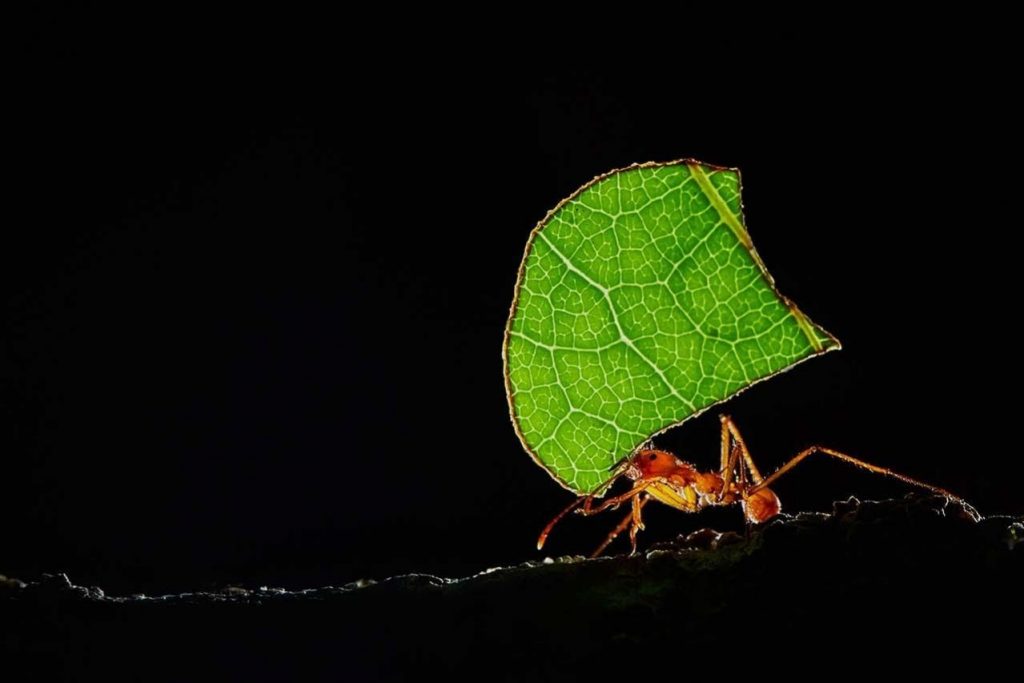Do you believe in miracles?
01/29/2020
Do you believe in miracles?
Last year, Nature and Culture marveled at the magnificent world of mammals. We featured mammals found in the unique habitats generous supporters are protecting.
As 2020 begins, we bring you a new monthly feature: 12 Strange Miracles of the Rainforest and Beyond.
Scientific discovery often comes from unexpected sources and in surprising ways. Even breakthroughs after rigorous research and testing can seem miraculous!
In this series, we’ll look at 12 strange yet remarkable gifts from nature.

The cinchona tree grows to the east of the Andes in the high jungles of the Amazon Basin. It is well-known globally as the source of quinine, a medication used to treat malaria.
These 12 gifts are a tiny representation of the incredible richness of plants and animals all over the planet, and in our rainforests in particular.
As we feature new miracles each month, please share with friends and family! Together we can appreciate the variety of life that holds untold mysteries.
Miracle #1: Antibiotics from… Ants!
We tend to think of biologically-based medicines as coming from plants. But there are clinical drugs that come from worms, like leeches. Some surgical drugs come from scorpions or wasps. All kinds of animals are beginning to show us new ways to heal humans.
Ants are proving to be a promising source of antibiotics.

The Amazon region contains more than 1,000 species of ants, many still formally undescribed.
Like any other animal, ants have to fight off diseases. Some have developed the ability to produce their own antibiotics.
A recent study found that about 60% of the ant species they looked at make their own powerful antimicrobial agents. These findings suggest that ants could be a future source of new antibiotics to help fight human diseases.
But what we can borrow from ants doesn’t stop there.
Ants are very social animals. Large groups of them live and work together in very close quarters. Furthermore, a colony of ants has high levels of genetic relatedness, sometimes all born of a single queen. This makes ants naturally vulnerable to pathogens and infections.
Some types of ants have not only developed their own ability to produce antibiotics but also have created public health strategies to cut down on the spread of infections through specific hygiene and grooming practices.

The variety of life on the planet is our greatest treasure. But what the future could hold is vastly bigger than what humanity has uncovered thus far.
We are just beginning to understand what creatures like ants can teach us! The potential for new and diverse antibiotics will continue to grow.
You can protect the variety of life on the planet with Nature and Culture. Make more strange miracles possible at natureandculture.org.
The variety of life on the planet is our greatest treasure. Yet 1 million of the estimated 8 million plant and animal species on Earth are at risk of extinction. Nature and Culture hopes that by sharing these 12 Strange Miracles you’ll be filled with wonder and gratitude for each species that enriches the planet. Stay tuned for next month’s feature!


